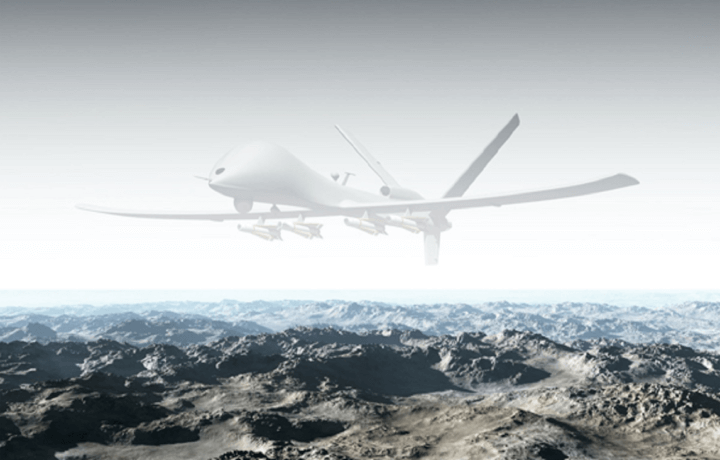Invisibility cloaks, wormholes, and negative energy. These are just a few of the programs the Department of Defense funded between 2007 and 2012 as a part of its Advanced Aerospace Threat Identification Program. Many of the programs were classified as ‘For Official Use Only’ but a number of them have already been the source of public outreach programs by the military itself (I hosted a U.S. Army blogger’s roundtable on the topic of invisibility cloaks back in 2005).
The full list of research funded for the Threat Identification Program was published yesterday in response to a FOIA request by the Federation of American Scientists. Some of the research – including programs on Warp Drive, Dark Energy and the Manipulation of Extra Dimensions- is clearly all about the extraterrestrial – programs such as invisibility cloaking do have direct military applications. Russia has been researching invisibility cloaking methods for its tanks and soldiers, leading some to worry that the next violation of the Geneva Convention could come in the form of invisible red men.
The Advanced Aerospace Threat Identification Program may no longer be on the books, but officials told the New York Times in a 2017 feature that the research is ongoing – and the DoD continues to investigate unexplained aerial phenomenon based on reports by service members.
Space: The Final Frontier?
When it comes to who can take credit for the military’s five-year, $22 million stint into the final frontier, you may have Harry Reid to thank. Asked about the program around the time he retired from Congress, Reid told a local Nevada publication, “I’m not embarrassed or ashamed or sorry I got this thing going. I think it’s one of the good things I did in my congressional service. I’ve done something that no one has done before.”
He’s not the only public figure who has a strong interest in UFOs. Space enthusiasts dubbed Hillary Clinton the first “E.T. Candidate.” She vowed to open the floodgates to any unexplained aerial phenomenon (UAP), the “latest nomenclature” as she noted – assuming such disclosures didn’t hinder national security.
Defense research and development is on the upswing – the 2018 budget projected an 18% increase in defense research over 2016 spending levels. The 2018 figure is $84.9 billion, which includes war spending. Considered under that umbrella, it makes the $22 million spent on wormholes and researching invisible armies seem like chump change.




